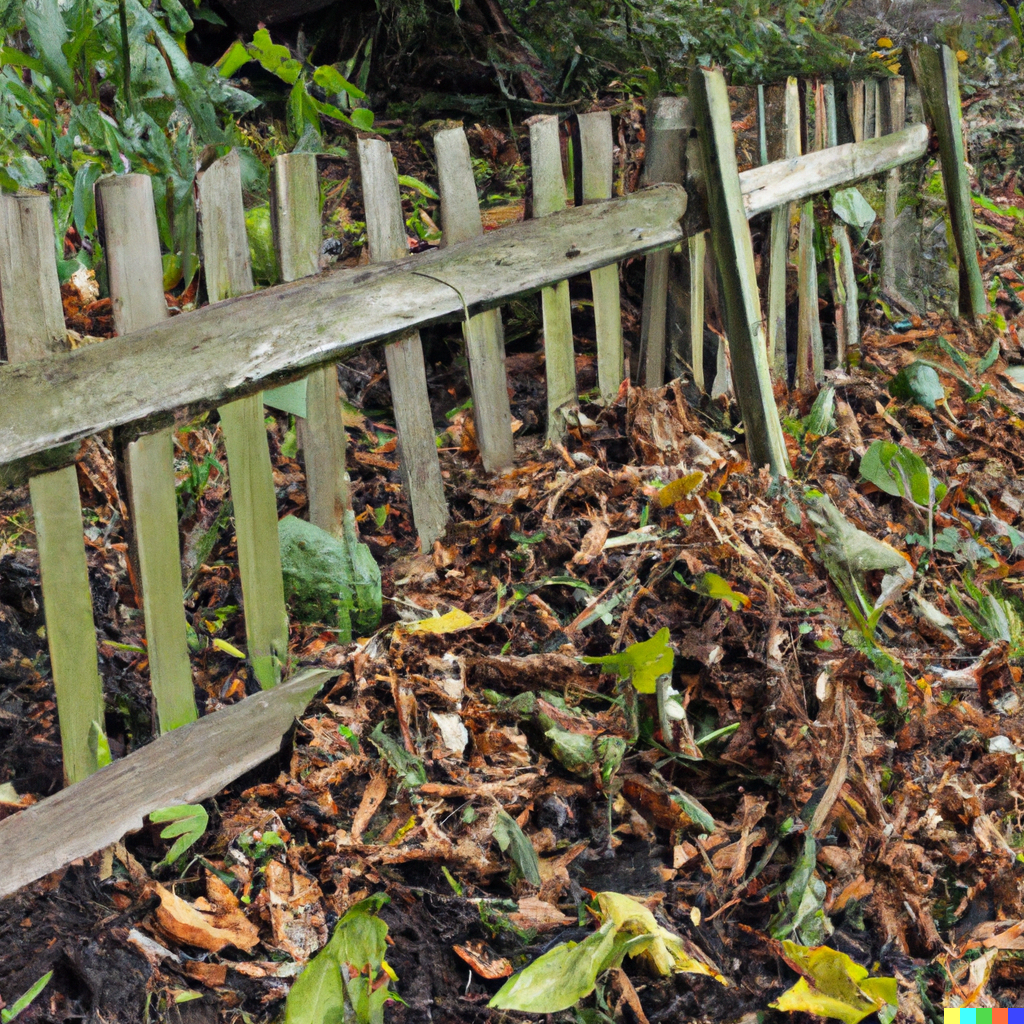Volunteer landscaping is a great way to improve the appearance and environmental sustainability of public spaces, but for many communities and organizations, budgets can be limited. However, with careful planning and smart choices, it’s possible to maximize the impact of volunteer landscaping even with a limited budget. Here are some tips to help get the most out of your volunteer landscaping efforts.
- Set Clear Goals: Setting clear goals for your volunteer landscaping project is key to ensuring that your resources are used effectively. Identify the areas that need the most attention and prioritize your efforts accordingly. Make sure that your goals are realistic, measurable, and achievable with the resources available.
- Focus on Sustainability: When it comes to landscaping, sustainability is key. Choose plants that are native to the area, which are adapted to the local climate and require less water and maintenance. Consider using organic fertilizers and pesticides to promote healthy soil and minimize harm to the environment. This will help reduce costs and maximize the long-term impact of your volunteer landscaping efforts.
- Recruit Local Volunteers: Recruiting local volunteers is a great way to minimize costs and increase community involvement. Reach out to local schools, churches, and community organizations to find volunteers who are passionate about making a difference in their community. Be sure to provide clear instructions and training to ensure that volunteers are working safely and effectively.
- Partner with Local Businesses: Partnering with local businesses can be a great way to secure donations or discounts on supplies and materials. Reach out to garden centers, hardware stores, and other businesses in your community to see if they are willing to provide supplies or equipment at a reduced cost or for free.
- Use Recycled or Donated Materials: Using recycled or donated materials is another way to save money and maximize the impact of your volunteer landscaping efforts. Look for ways to repurpose materials, such as using fallen leaves for compost or turning old fencing into garden beds. Reach out to other organizations or individuals in your community to see if they have any materials or supplies they can donate.
- Follow Up and Evaluate: Following up with your volunteers and evaluating the impact of your landscaping project is important for identifying areas of success and opportunities for improvement. Be sure to thank your volunteers for their hard work and provide feedback on the impact of the project. This will help you identify ways to improve future projects and maximize the impact of your limited budget.
In conclusion, volunteer landscaping can be a cost-effective way to improve public spaces and promote environmental sustainability. By setting clear goals, focusing on sustainability, recruiting local volunteers, partnering with local businesses, using recycled or donated materials, and following up and evaluating, you can maximize the impact of your volunteer landscaping efforts even with a limited budget. With careful planning and smart choices, you can make a positive impact in your community and help create a more beautiful and sustainable environment for all to enjoy.
